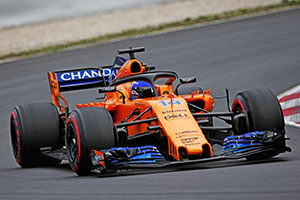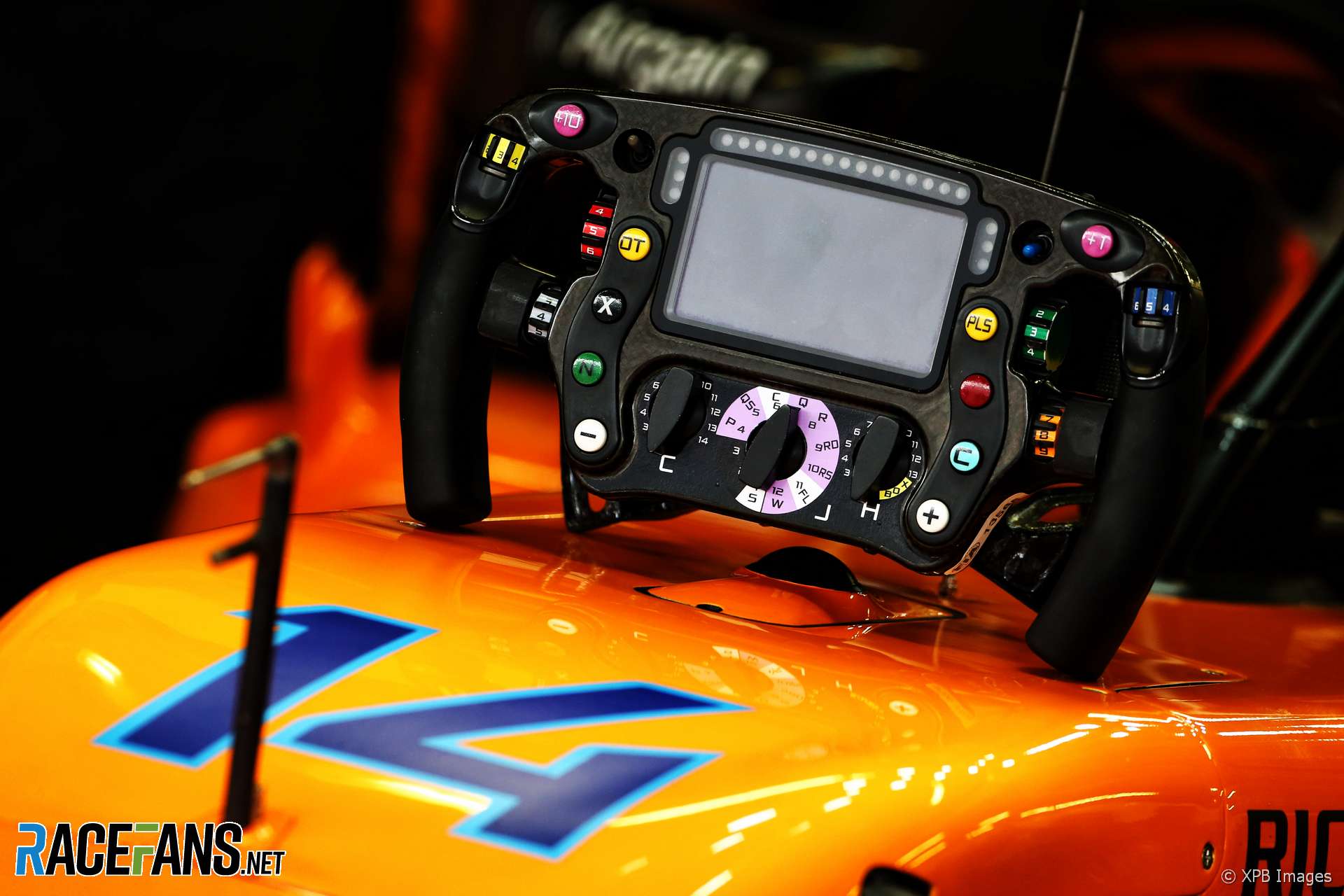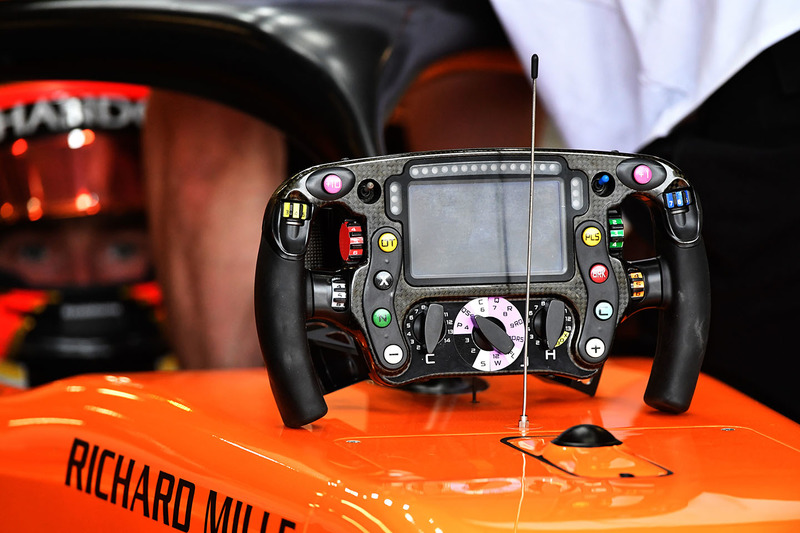diffuser wrote: ↑27 Oct 2018, 16:12
There is absolutely nothing wrong with it. It is
actually excellent aero wise ...except that it was designed for a Honda PU that has the turbo on top.
If what you say is true, they have now had over half a season to redesign their radiators and plumbing and thereby be able to craft a new engine cover optimized for the Renault. The layout of the radiators are not homologated or crash tested parts, these can all be easily and cheaply changed. If simple Renault optimisation would supposedly allow them to extract the full potential of of their "excellent aero", why have they not done so?
Interestingly, in 2017 Boullier noted that the Renault provided aerodynamic advantages over the Honda and that McLaren had the Renault data with plenty of time for designing MCL33. This suggests the Renault power unit
improved rather than reduced the aerodynamic performance of the MCL33?
Eric Boullier says:
The radiators required by the Renault unit are smaller than those of Honda, making our aerodynamic set easier. "
"The day we announced the partnership with Renault, the technical data of the unit was already with us. It was in the time limit to be able to design the 2018 model in studies, even without knowing the engine, since June. "
https://globoesporte.globo.com/motor/fo ... aign=ge_f1
via
viewtopic.php?p=729442#p729442
Cheif designer Tim Goss, similarly noted that the team had a done a fantastic job of integrating the Renault power unit, and that the Renault layout had considerable design advantages that more than balanced any disadvantages.
"You can push the engine forwards and the aerodynamic blockage of the engine and exhaust is considerably better, because that has moved forwards behind the chassis.
"But then you have a turbocharger that is sat in the bellhousing and to accommodate that you have to redesign your rear suspension internals and lengthen the gearbox.
"But we've done a fantastic job. A really fantastic job.
Tim Goss, McLaren MCL33 designer, Autosport




